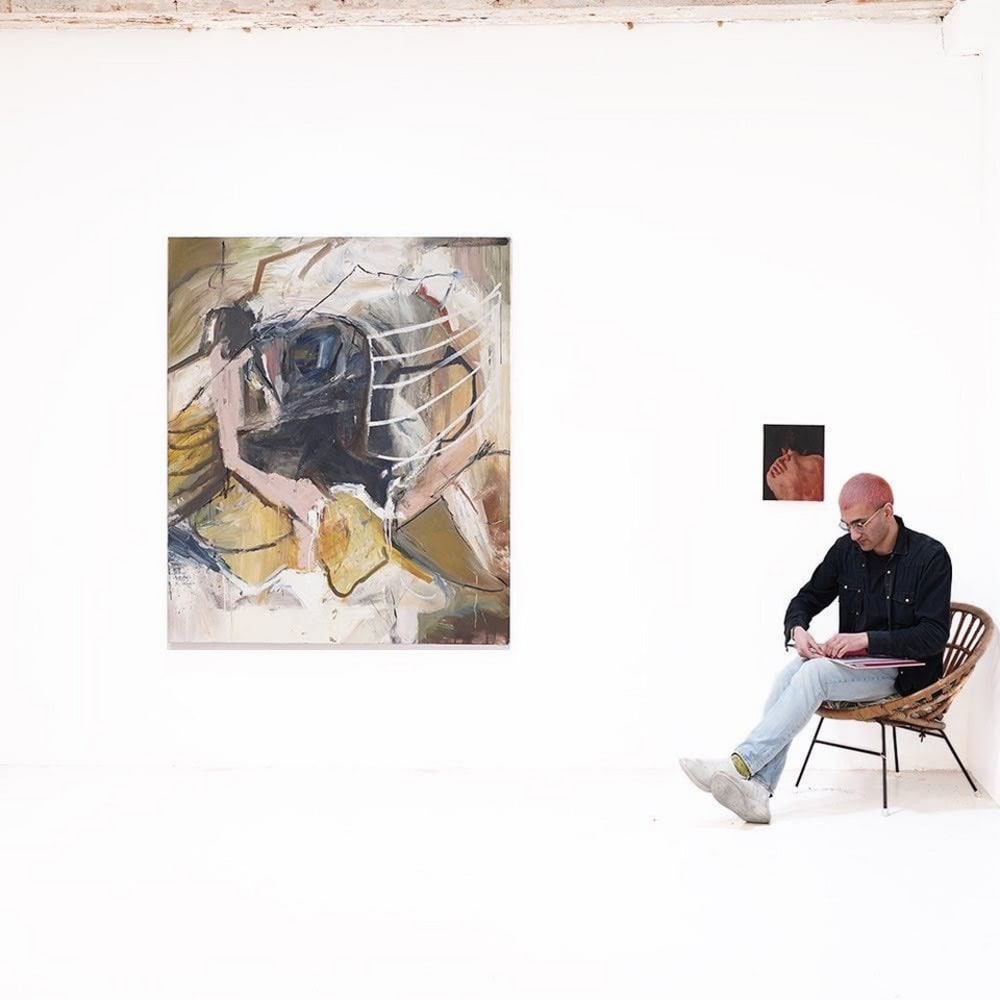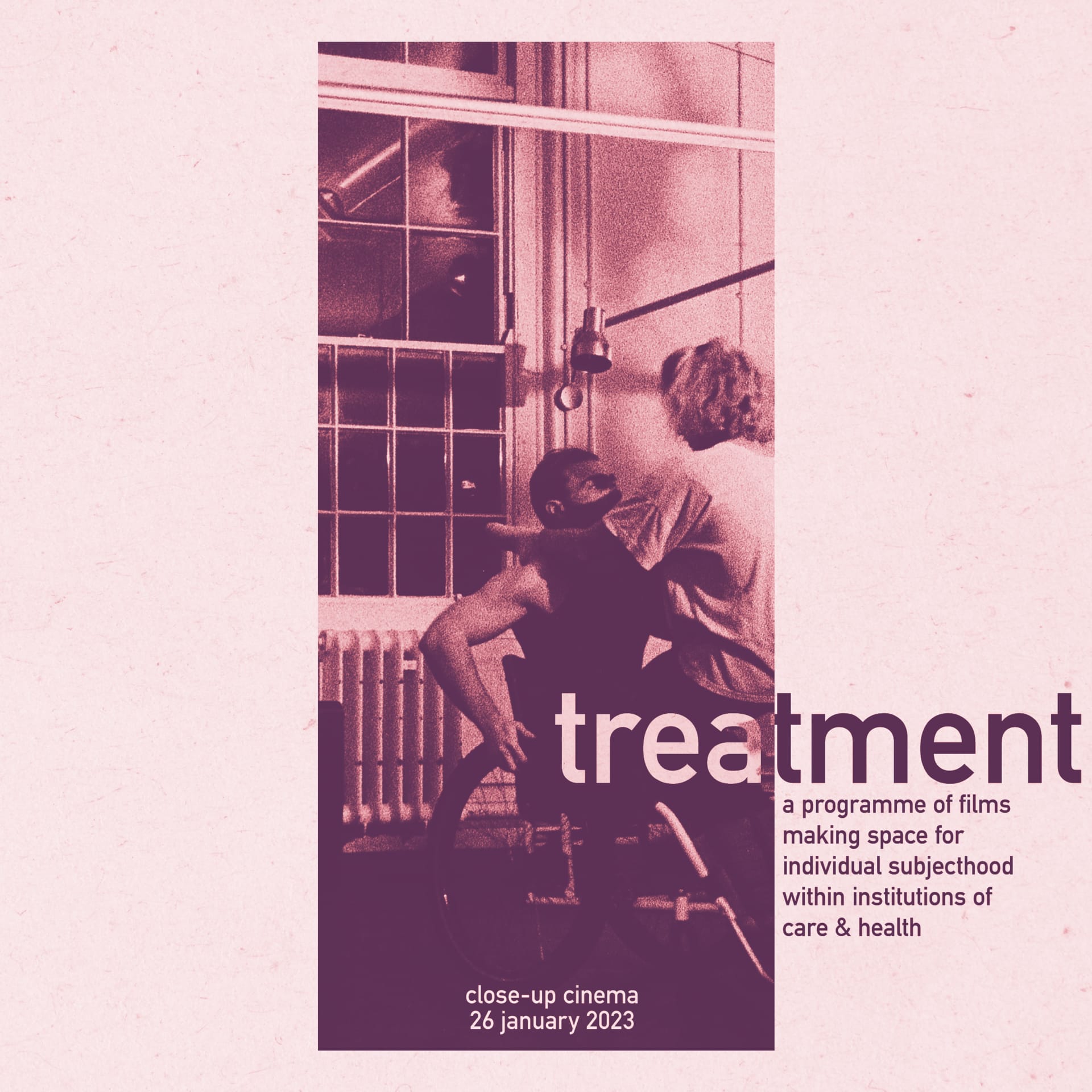Siavash Minoukadeh is a cinema worker and writer based in London. Their practice addresses work and play through the use of temporal projects and events. He aims to unpick the pressures of individual and institutional labour which bind us to our present and to present in their place a pre-figurative queer future where pleasure is the end and the means by which we reach it.
Their work is transdiciplinary and irreverent, consciously undermining demarcations between various media and between art and other fields which can serve as barriers between the discursive and the enactive. His recent work has presented sources ranging from Forough Farrokhzad to Troye Sivan via an Australian nursing union, with these diverse sources tied together by how they are able to pick out specks of hope within the mundanity of the present. Alongside artists, filmmakers and archives, their collaborators have also included musicians, activists and Youtube fan compilation creators.
Their recent output has taken the form of one-off screenings, discussion groups and club nights. It has also taken the form of education, outreach, marketing and production for institutional projects, involving creating social media content, transcribing videos and writing brochure copy, amongst other similar tasks which may not be thought of as part of a ‘practice' but which have taken up more time and provided more of an income than the forms of work which that term may traditionally be thought to encompass.
His dissertation explored the potential practices of pleasure including, poppers, camp and cruising hold and how they can be used to form a future-leaning curatorial practice. These ideas were also present in their graduate project, O.T.O, a club night they curated at FOLD, as part of a group working with LUX.
Whilst studying on the Curating Contemporary Art programme, they have worked with or at Watershed, Close-Up Film Centre and the British Film Institute. They were shortlisted for the 2022 Michael O’Pray Prize for new writing on moving image and their writing has been published by Art Monthly, Where's The Frame and Open City Documentary Festival, amongst others. They are currently Programme & Marketing Assistant for Open City Documentary Festival.




